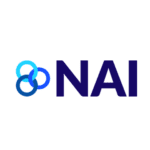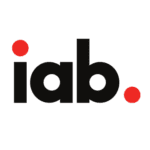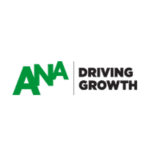Geotargeting, the strategy of delivering content to users based on their geographic location, is a vital tool in the modern marketer’s toolkit. It allows businesses to craft personalized messages that resonate deeply with specific audiences, ultimately enhancing the customer experience and increasing conversions. To better understand its potential, let’s delve into some real-world examples of how brands have utilized geotargeting successfully by reviewing real-world examples of geotargeted campaigns.
Interested in learning more?
1. Starbucks: Latte Happy Hour
In an effort to boost afternoon sales, Starbucks launched a geotargeted campaign offering customers half-priced lattes during a specific time frame. Users of the Starbucks mobile app who were near a Starbucks location received a notification of the offer. This not only increased foot traffic during typically slow hours but also promoted their mobile app and its utility.
2. Burger King: Whopper Detour
In a playful jab at their rivals, Burger King used geotargeting to promote their signature Whopper. Whenever a customer was within 600 feet of a McDonald’s, they could order a Whopper for just one cent through the Burger King app. This audacious campaign not only drew attention but also directed traffic away from McDonald’s and towards Burger King outlets.
3. Nissan: Driving Engagement with Dealerships
To promote their new car model, Nissan Canada utilized geotargeting to push ads to users when they were near a Nissan dealership. The ads offered incentives like cash back and low APR financing, encouraging potential buyers to make an immediate visit. This resulted in a substantial increase in test drives and engagements at the dealerships.
4. TOMS Shoes: Localized Events
TOMS, a footwear company known for its one-for-one giving model, used geotargeting to promote localized events. When they hosted a series of style events across various cities, they sent targeted social media ads and emails to users within those specific regions, ensuring that only the most relevant audience received the information.
5. IKEA: City-Specific Catalogue Launch
To promote the launch of its annual catalog, IKEA in the UK used geotargeted Snapchat filters. These filters were only available to Snapchat users in specific cities on the day of the catalog launch. This approach generated buzz among the local population and drove attention to their new product line-up.
6. Whole Foods: Competing on Price
Whole Foods, typically perceived as a pricier grocery option, used geotargeting to strategically target ads to users who were near competing supermarkets. Their ads highlighted sales and competitive prices on specific items, aiming to lure customers away from rivals and into their stores.
7. Airbnb: Local Experience Recommendations
Airbnb has often utilized geotargeting to enhance the guest experience. Once users book a stay in a particular city, they receive geotargeted emails or app notifications about popular experiences or events happening nearby during their travel dates, thereby promoting their “Experiences” offerings and adding value to the user’s trip.
Feeling Inspired?
These real-world examples demonstrate the versatility and efficacy of geotargeted campaigns. By understanding and leveraging the power of location, brands can deliver more personalized, timely, and relevant messages to their audience, driving both engagement and sales. As technology continues to evolve, so too will the opportunities for even more refined and effective geotargeted strategies.




